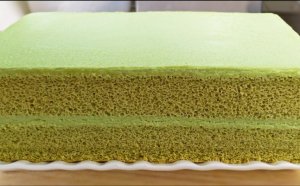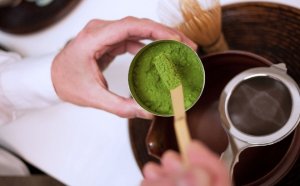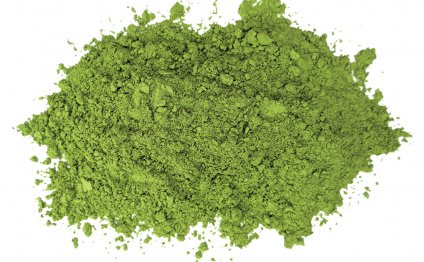
Green tea powder
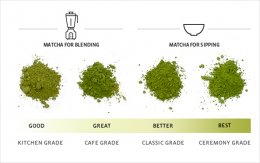
Naturally Mood Enhancing
Matcha contains L-theanine, an amino acid known to relax the mind. For this reason, matcha is also known as a mood enhancer. Buddhist monks drank matcha to assist in meditation, as matcha’s amino acids, combined with caffeine, offer a sustained calm alertness over time. Amino acids are also what gives matcha is distinctive taste. They contribute to what is known as the fifth taste, or umami, characterized by a rich creamy mouth feel.
The Complex and Alluring Taste of Matcha Tea
Chlorophyll and amino acids give matcha its unique rich taste, an initial vegetal, astringent taste, followed by a lingering sweetness. Matcha made in the traditional Japanese style, whisked with water, is a full-bodied green tea. The intensity of the experience compares to one’s first taste of dark chocolate or red wine. When added as an ingredient, the taste of matcha becomes subtler. It adds the flavor and color of green tea to your creation, be it a smoothie, latte, savory sauce or pastry.
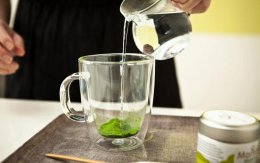 Distinct Grades of Matcha
Distinct Grades of Matcha
Matcha teas made from young leaves at the top of the plant create fresh grassy sweet tasting bowls of tea. More mature leaves are used for blending, or ingredient grades. These are not as finely de-stemmed and usually have a more astringent flavor profile. Read more in our Matcha Buyer’s Guide.
Matcha Buyers Guide
Matcha Preparation
Matcha is versatile and flexible. Originally consumed as a tea with water, matcha is now a popular ingredient in mixed beverages such as morning smoothies, green tea lattes and more. We offer guidelines and ideas on our Preparing Matcha Guidelines.
RELATED VIDEO



Share this Post
Related posts
Where to Buy green tea powder?
Matcha is a traditional Japanese green tea powder produced by stone-milling a shade-grown green tea called tencha into a…
Read MoreHow to make green tea powder?
FULL BREWING INSTRUCTIONS FOR MAKING ONE BOWL OF MATCHA GREEN TEA! What you need to make matcha Important Note If you try…
Read More
 A macaron (French pronunciation: [makaˈʁɔ̃]) is a sweet meringue-based confectionery made with egg whites, icing sugar, granulated sugar, almond powder or ground almond, and food coloring. The macaron is commonly filled with ganache, buttercream or jam filling...
A macaron (French pronunciation: [makaˈʁɔ̃]) is a sweet meringue-based confectionery made with egg whites, icing sugar, granulated sugar, almond powder or ground almond, and food coloring. The macaron is commonly filled with ganache, buttercream or jam filling...
